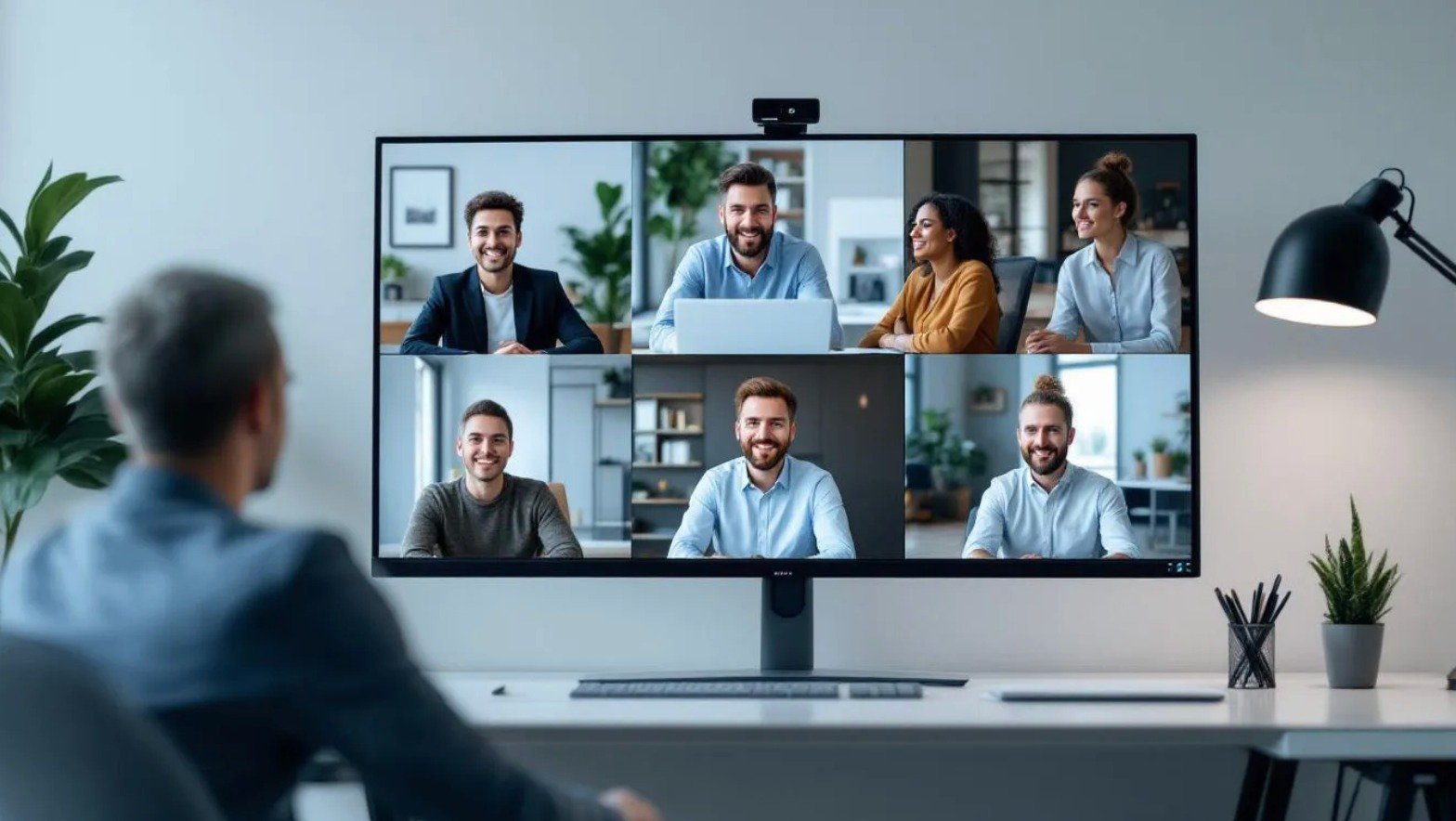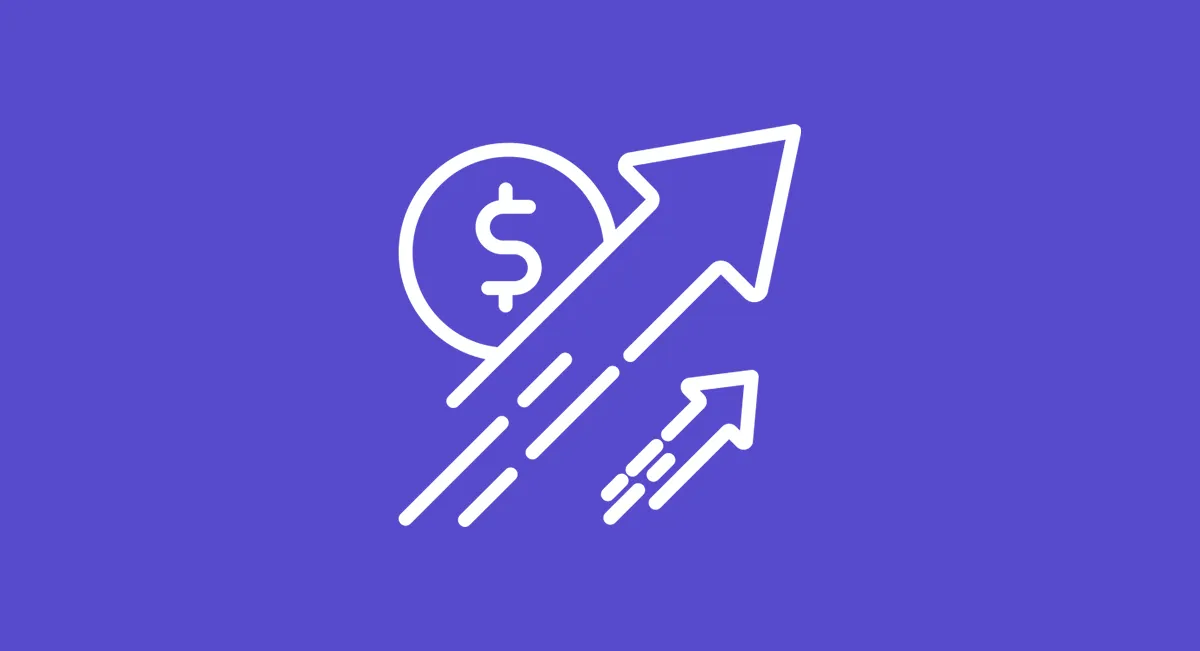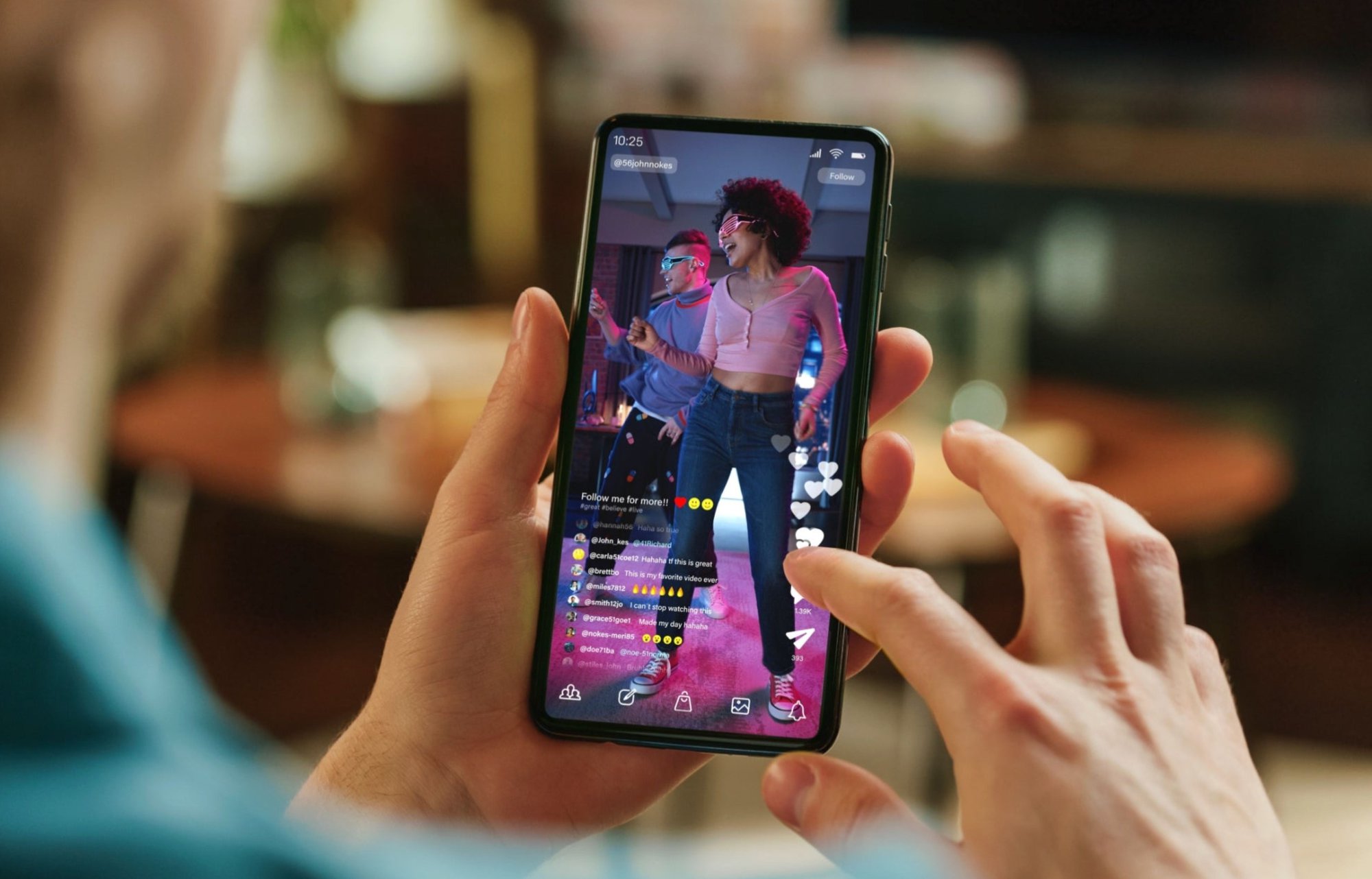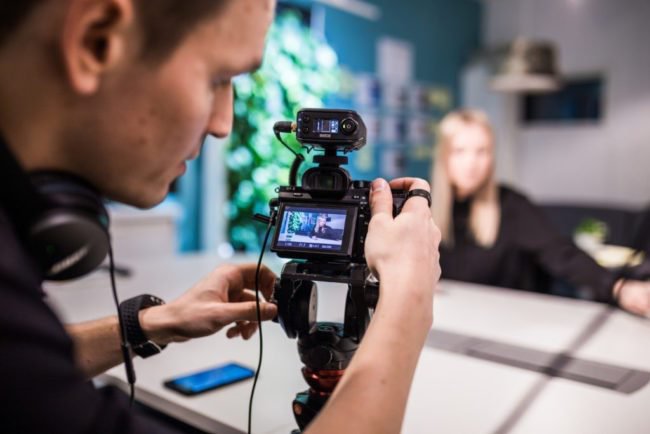Remote video recording has moved far beyond the emergency solution it became in 2020. Today, it is one of the most efficient ways for businesses to create high-quality video content without the travel, cost, or scheduling headaches that come with traditional filming. Companies of all sizes now rely on remote production for interviews, testimonials, executive communications, training, and marketing content.
Remote shoots let you capture polished video with participants in different locations, different time zones, or even different countries. This flexibility saves time, simplifies scheduling, and removes the need for travel or on-site crews. According to recent industry data, remote production reduces overall project costs by 40 to 65 percent while speeding up timelines by up to 50 percent. That means more videos, less hassle, and results that still look and feel professional.
In this guide, we break down what remote video recording is, how it works, and why so many businesses now choose it as their go-to method for professional content creation.
What Remote Video Recording Actually Is

Remote video recording lets participants record high-quality audio and video from their own locations while a professional production team manages everything behind the scenes. Unlike video calls or livestream platforms, remote recording software captures full-resolution local files on each device. That means the final footage avoids the compression and pixelation you see on Zoom or Meet.
Participants record from their computers, smartphones, or webcams, and the remote recording platform uploads the high-quality files directly to secure cloud storage. A production team can monitor quality in real time, offer guidance, adjust settings, and make sure each person looks and sounds their best. This process works especially well for:
- Customer testimonials
- Executive interviews
- Training and onboarding videos
- Product demos
- Podcasts
- Internal communications
- Social content and marketing clips
Remote recording allows companies to capture authentic voices, customer stories, and expert insights from anywhere in the world without sacrificing quality.
Why Remote Video Recording Saves Time
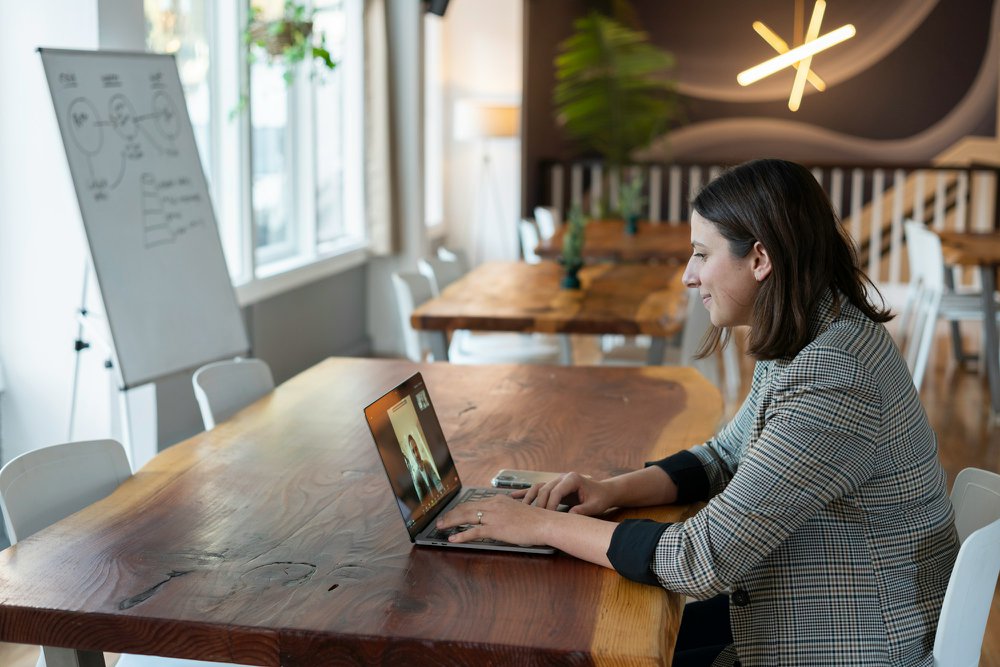
Time savings is one of the biggest reasons companies switch to remote production. A traditional shoot with participants in different cities often requires flights, hotels, studio rentals, and full crew travel. A remote session only requires a time on the calendar.
Here are the key ways remote video recording saves time:
Minimal Setup and Zero Travel
Participants join from their office or home, so no one spends hours on the road or days hopping between airports.
Easy Scheduling
Teams only need to coordinate calendars, not travel itineraries. Different time zones become manageable instead of a barrier.
Faster Production Days
Typical in-person setups can take hours. A remote recording setup usually takes just a few minutes and a few clicks.
Instant File Transfer
Because files automatically upload to cloud storage, editors can begin work right away. No shipping hard drives, no transferring massive files, and no waiting.
Many businesses report saving 15 to 20 hours per project, simply by avoiding travel and complex logistics.
How Remote Video Recording Reduces Costs

Remote production lowers costs across almost every part of the process. These savings can be significant, especially for companies capturing multiple interviews or customer stories per year.
No Travel Expenses
Flights, hotels, ground transportation, and meals disappear from the budget.
No Studio or Venue Rentals
Participants record from their existing environments, so there is no need to rent a studio or book a corporate space.
Lower Crew Costs
Remote sessions require fewer crew members, and none need to travel.
Minimal Equipment
Most remote sessions only require a webcam or smartphone, a basic lighting source, and a simple mic. Production teams guide participants through setup, and kits can be shipped if needed.
Remote video recording software and cloud-based editing also make it possible to record several interviews or testimonials without scaling costs the way traditional shoots do. This democratizes video production for businesses that want more content without a large budget.
Logistics Become Simple
One of the underrated benefits of remote video recording is how simple it makes production.
- No moving equipment between multiple locations
- No risk of weather delays
- No searching for available venues
- No permit or insurance requirements for on-site shoots
- Easy rescheduling when someone becomes unavailable
Businesses can turn what used to be a two or three-day in-person shoot into a one-hour remote session, with zero disruption to normal operations.
Creating Professional Quality Video From Anywhere
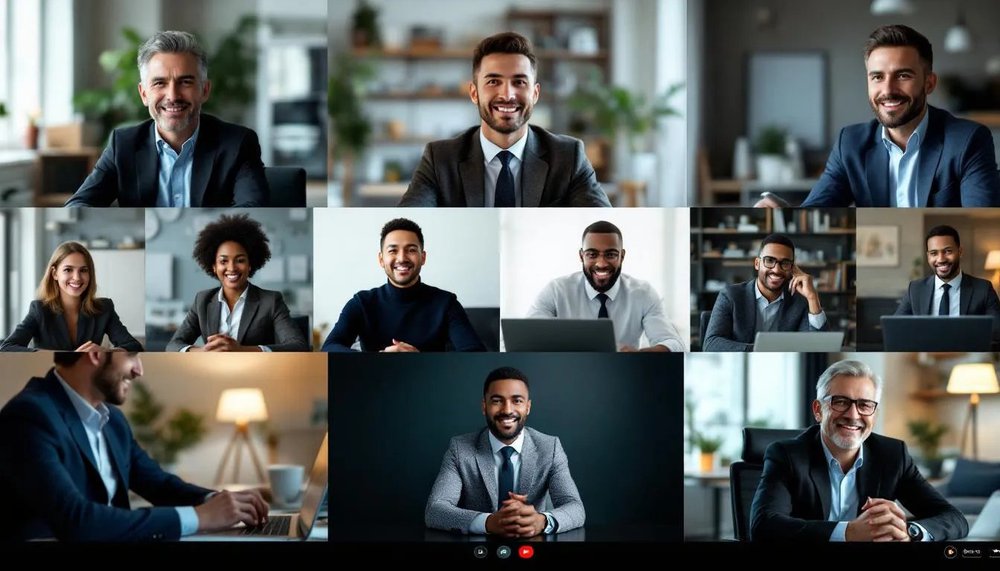
Remote video recording is successful today for one main reason: it genuinely looks great when managed by a professional team. Many viewers cannot even tell whether a video was filmed in person or remotely. The end result is crisp, high-resolution video that feels polished and professional.
Here is what makes the difference:
Professional Lighting Guidance
Good lighting is simple when someone walks you through it. A ring light or natural window light is usually enough to create a clean, polished look, but the pros will help you find the best options.
High Quality Audio
Small microphone upgrades can dramatically improve audio quality. Remote production teams guide participants through audio settings and placement to eliminate background noise and echo.
Real Time Direction
Producers manage framing, levels, internet connection monitoring, and performance coaching in real time, similar to an in-person shoot.
Cloud-Based Quality Control
Files upload automatically, and backup systems protect footage even if the internet connection drops.
Why Hire a Professional Video Production Company for Remote Recording
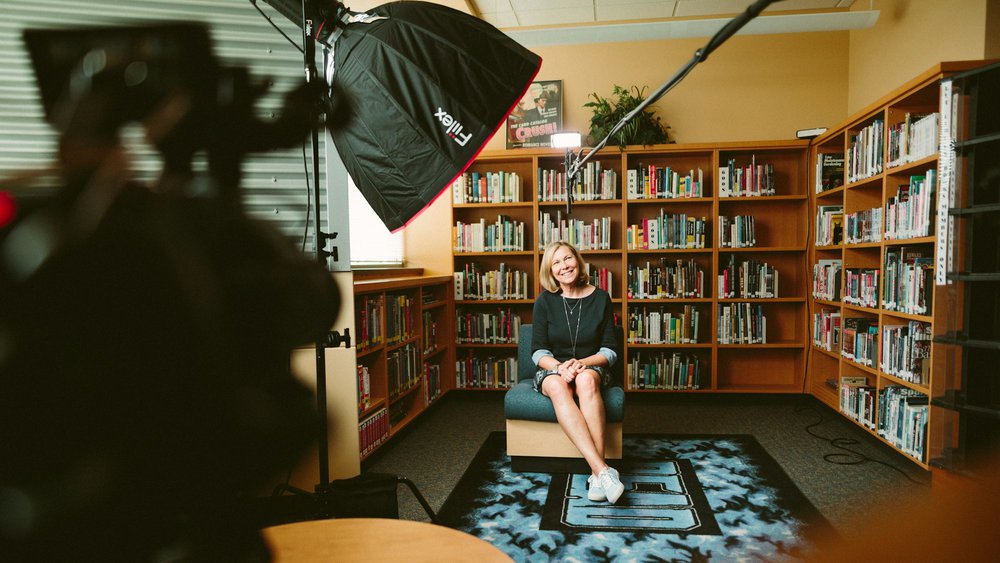
Remote recording tools are accessible, but true professional results come from expert support. A production company like Levitate Media streamlines the entire experience and removes the guesswork. With a professional partner, your only job is showing up and speaking. Everything else is handled for you.
Technical Expertise
Professionals choose the right remote recording software, manage local file capture, troubleshoot internet issues, optimize audio settings, and handle any device challenges.
Performance Coaching
Many participants are not used to being on camera. A director helps them feel comfortable, confident, and natural.
Consistent Branding
Professional oversight ensures a consistent look, tone, and style across all remote clips, even when recorded in different locations.
Quality Assurance
Teams monitor video quality and audio and provide real-time adjustments and backup recordings.
Full Post Production
Editors handle color, audio cleanup, motion graphics, visuals, lower thirds, subtitles, multi-person layouts, and final export. Professional editing is the step that separates amateur remote recordings from polished finished content.
Essential Tools and Technology Behind Remote Recording
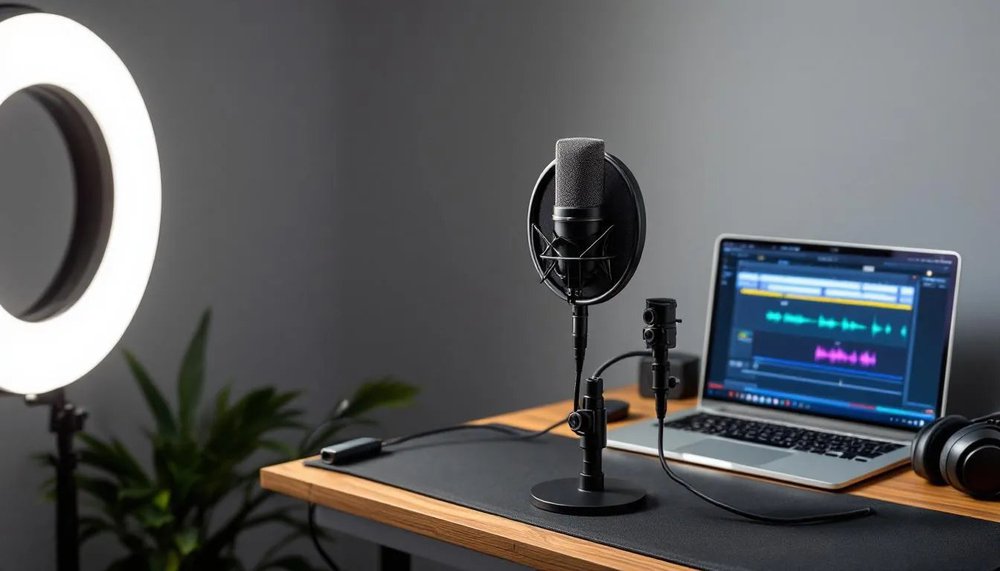
Remote recording software goes far beyond video conferencing platforms. Here are the features that matter:
- Local high-resolution recording rather than compressed streaming
- Automatic cloud uploads
- Multi-track audio for better editing
- Frame-accurate syncing
- Real-time monitoring of audio and video
- Remote camera and lighting guidance
- Backup recording systems
- Secure cloud storage and sharing
These advanced features allow teams to record interviews, podcasts, training sessions, product demos, and multi-person conversations from anywhere without sacrificing quality.
Best Practices for Successful Remote Video Projects

To get the best results, a few preparation steps make all the difference.
Pre-Production Tests
Check the internet connection, camera, audio, lighting, background, and device battery.
Simple Equipment
A webcam or smartphone, a small light, and a basic external mic usually provide everything needed for a great result.
Clean Recording Environment
Pick a quiet room, reduce background noise, and limit echo.
Clear Communication
A brief run-through with the production team before recording helps everyone feel confident and sets expectations for the session.
Avoid Common Mistakes
Built-in laptop microphones, backlit windows, noisy rooms, and skipping pre-recording tests are the biggest causes of poor video quality. These are easy to fix with proper guidance.
How Different Industries Use Remote Video Recording
Remote recording works across sectors because it is flexible, affordable, and quick. It helps businesses create more content without the heavy lift that traditional production usually requires.
Healthcare
Training videos, patient education, and expert interviews.
Education
Lectures, virtual guest speakers, and faculty training materials.
Corporate Training
Onboarding, leadership communication, and employee updates.
Marketing and Sales
Customer testimonials, product walkthroughs, and influencer collaborations.
Technology
Software demos, feature updates, and user tutorials.
Professional Services
Client stories, thought leadership, and case studies.
Measuring ROI From Remote Recording
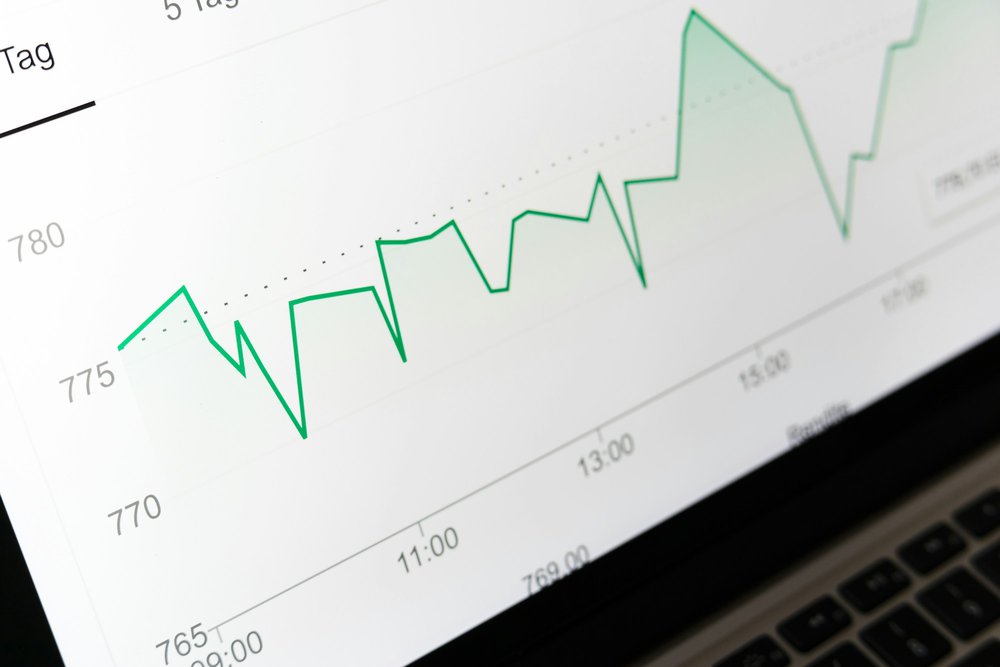
Businesses see a strong return on investment with remote video production due to lower costs, faster delivery, and the ability to create more content consistently.
Cost Savings
Remote projects can cost 60 to 75 percent less than traditional in-person shoots.
Faster Delivery
Most remote video projects are completed in one to two weeks, compared to three to four weeks for in-person productions.
Higher Engagement
Audiences respond well to authentic, conversational content filmed in real environments.
More Content, Same Budget
When the cost per video is lower, companies can produce ongoing content series rather than one-off pieces.
Getting Started With Remote Video Recording
To begin, think through these four steps:
- Identify which videos you want to create and who needs to be on camera.
- Choose a production partner with strong remote recording experience.
- Set a clear timeline and allow a short preparation period for participants.
- Follow the recommended equipment and environment guidelines for consistency.
If you want to see examples of what remote recording looks like in practice, visit Levitate Media’s Remote Video Production page:
https://levitatemedia.com/learn/remote-video-production
Ready to Create High Quality Video From Anywhere?

Levitate Media helps businesses produce professional remote videos without the travel, stress, or complicated setup. We handle everything, from prep and coaching to directing, recording, editing, and final delivery. Check out all the things we can do! https://levitatemedia.com/video-services
If you want to save time, reduce costs, and make video creation easier for your team, reach out to Levitate Media and let us help you record from anywhere.
Contact Levitate Media to get started:
https://levitatemedia.com/contact-us
FAQs
What equipment do I need for remote video recording?
Most people only need a computer or smartphone, a reliable internet connection, a small light, and a simple external microphone. For setup tips, see Levitate’s remote video production guide:
https://levitatemedia.com/learn/remote-video-production
How does Levitate ensure high-quality audio and video?
We use professional remote recording software that captures full-resolution local video files, not compressed livestream footage. Our team monitors framing, audio, lighting, and connection quality in real time and provides backup recording for added security.
Can remote video recording work for customer testimonials?
Yes. This is one of the most popular uses for remote video. Levitate Media helps customers record from their own offices with professional direction, and we provide full editing and branded visuals. Explore more testimonial video insights here:
https://levitatemedia.com/learn/how-to-get-professional-testimonial-videos-on-a-budget
How long does a remote video project usually take?
Most remote video projects take 7 to 10 business days from prep to final delivery, depending on the number of participants and the number of revisions.
Can we reuse remote video content across marketing channels?
Absolutely. Videos can be edited into shorter social clips, email content, product pages, internal communications, and more. Learn how Levitate can repurpose assets:
https://levitatemedia.com/services

